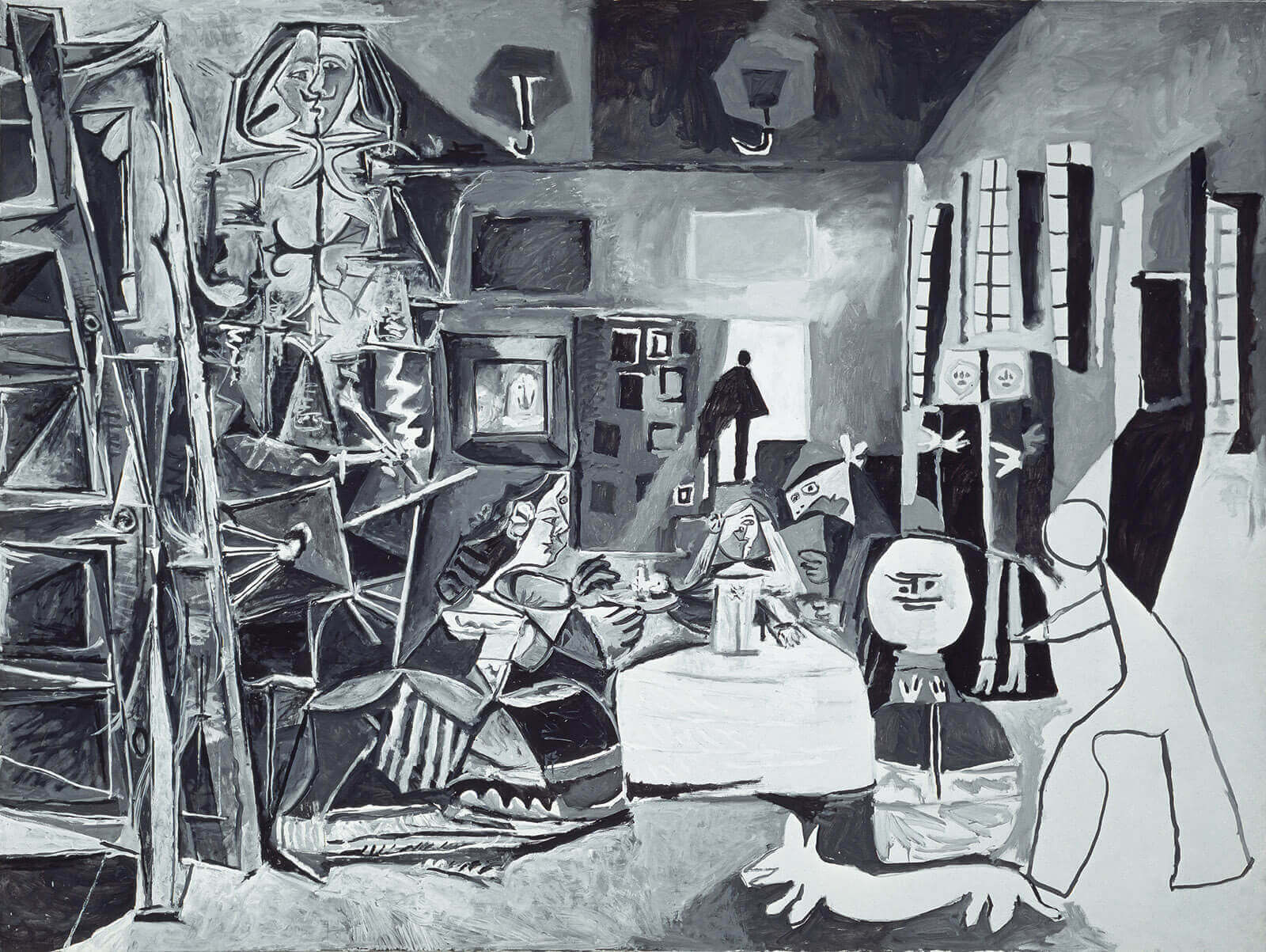With numerous exhibitions and publications marking the fiftieth anniversary of Pablo Picasso’s death in 1973, 2023 has been a year to reconsider the most famous artist of the 20th century. Reviewing a number of these shows and books about the artist, Jed Perl laments that for all this attention and celebration, “Picasso, a titan among the makers and shapers of modernity, has been eclipsed by a very different vision of the visual arts, with Andy Warhol now the defining figure for several generations that conceive of art as appropriation and replication.”
And yet, whether or not a 21st century public (a public imprisoned in the celebrity culture Warhol helped to shape) is primed to prefer the pop artist’s vision, Picasso’s genius shines through. Perl points out that what sets Picasso apart from Warhol’s “appropriation and replication” is the older artist’s ability to transform his subjects: “Picasso is always navigating between a then, what he knows of earlier art and culture, and a now, his own moment. There was hardly a time or a place—ancient Greece and Rome, seventeenth-century Spain and the Netherlands, the brothels of nineteenth-century Paris and Tokyo, the icons and idols of Africa and the South Seas—that didn’t engage him and embolden him, but everything he touched he reconceived.”
